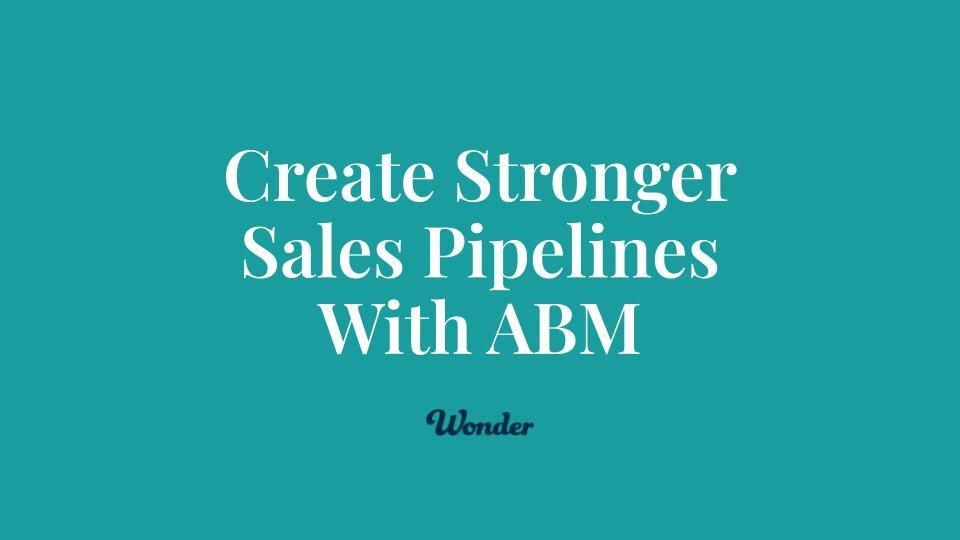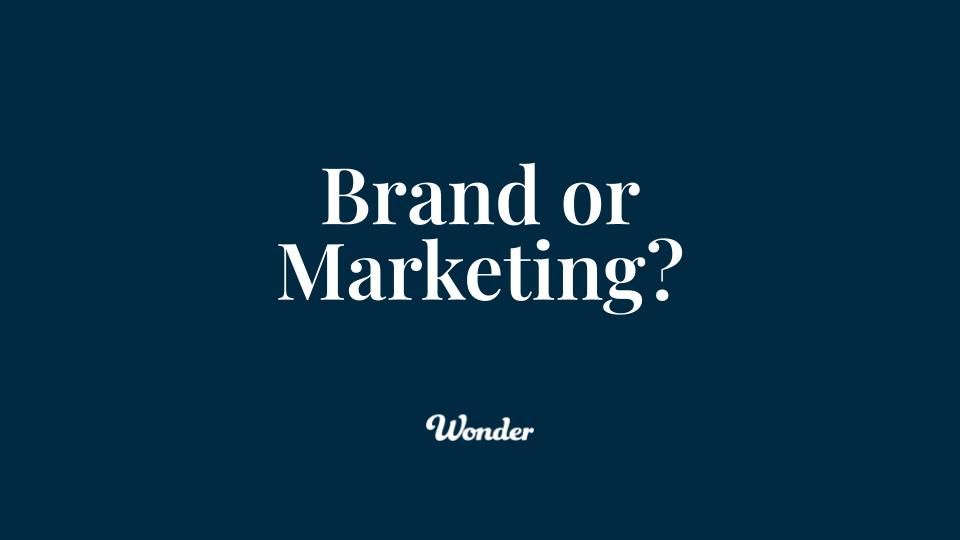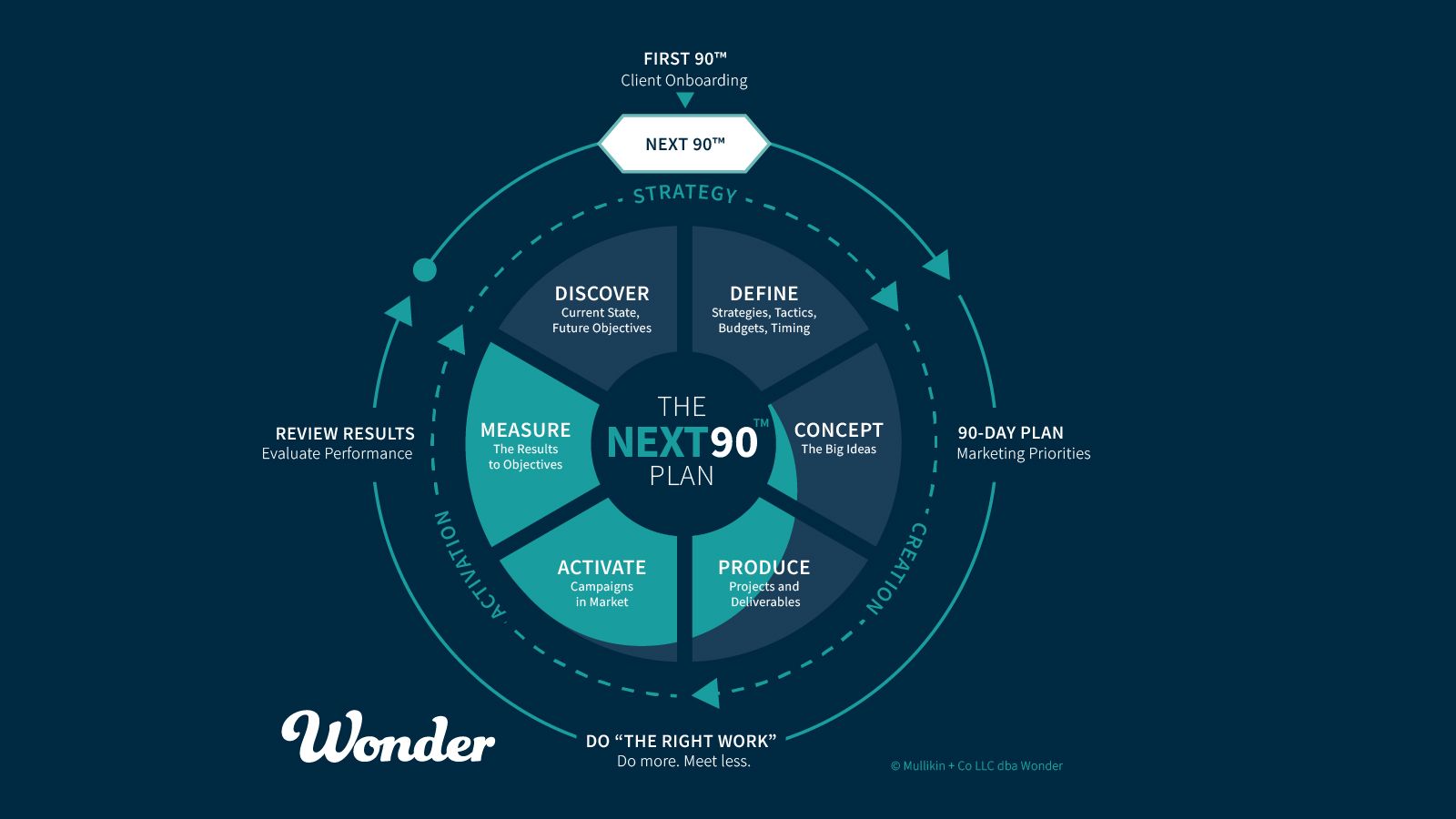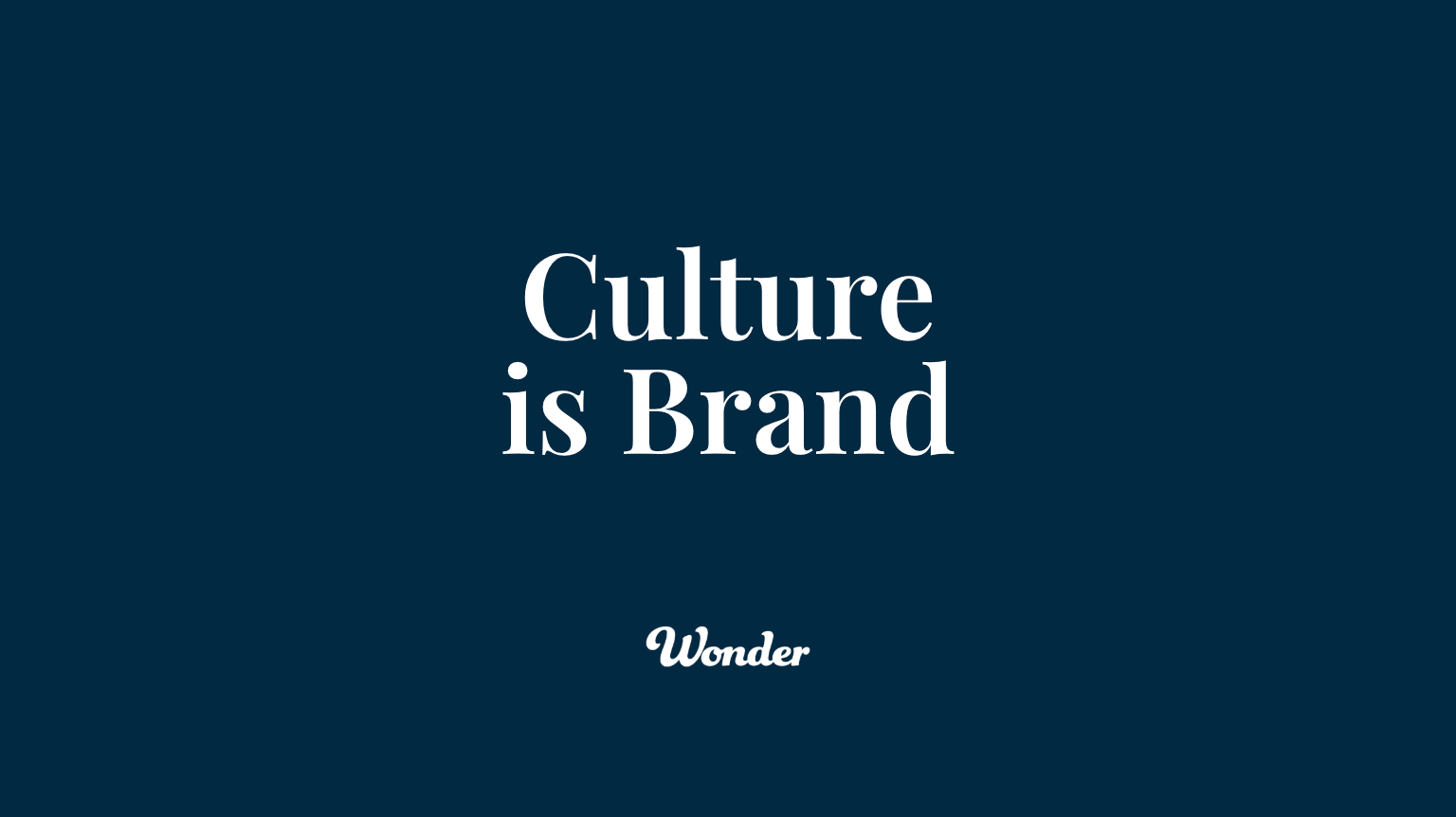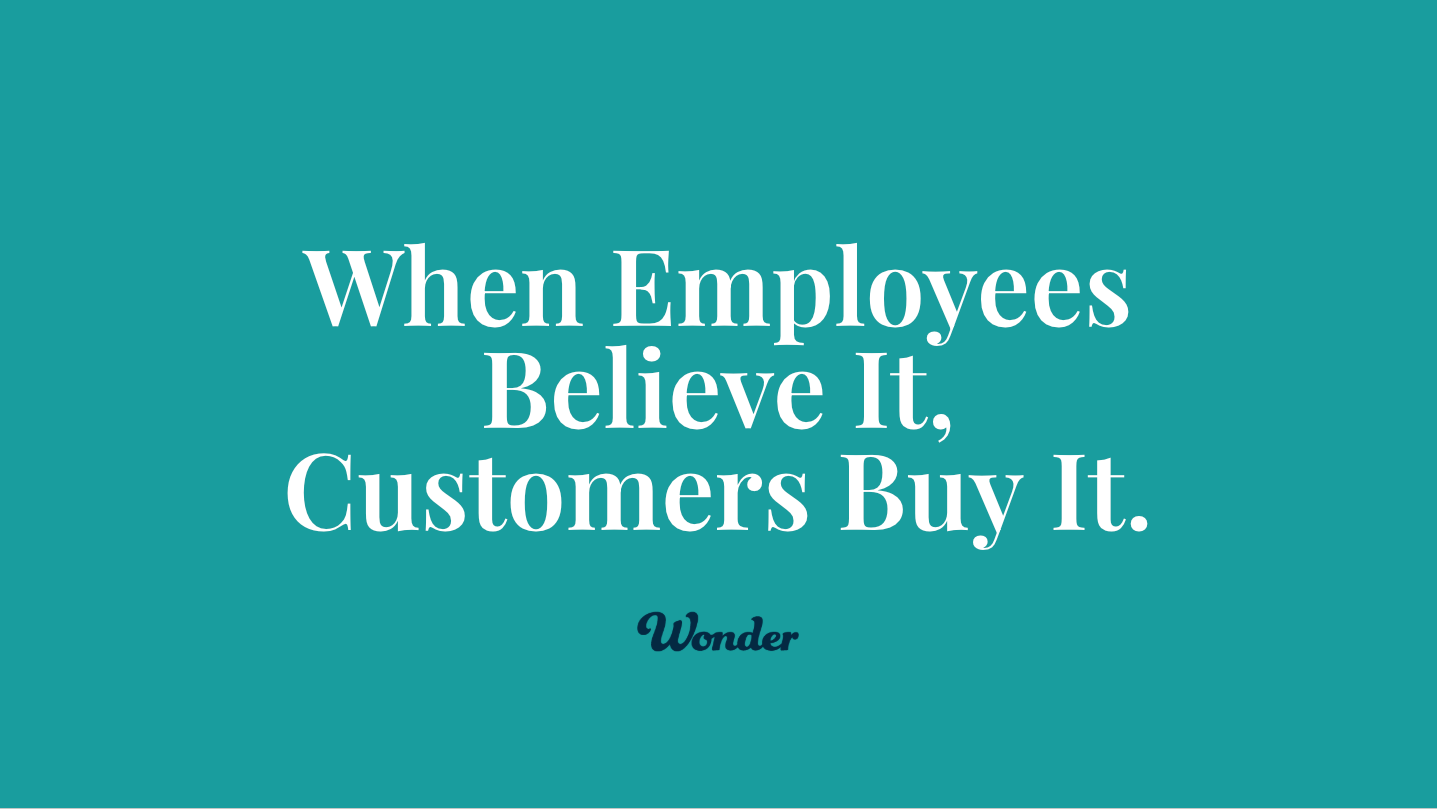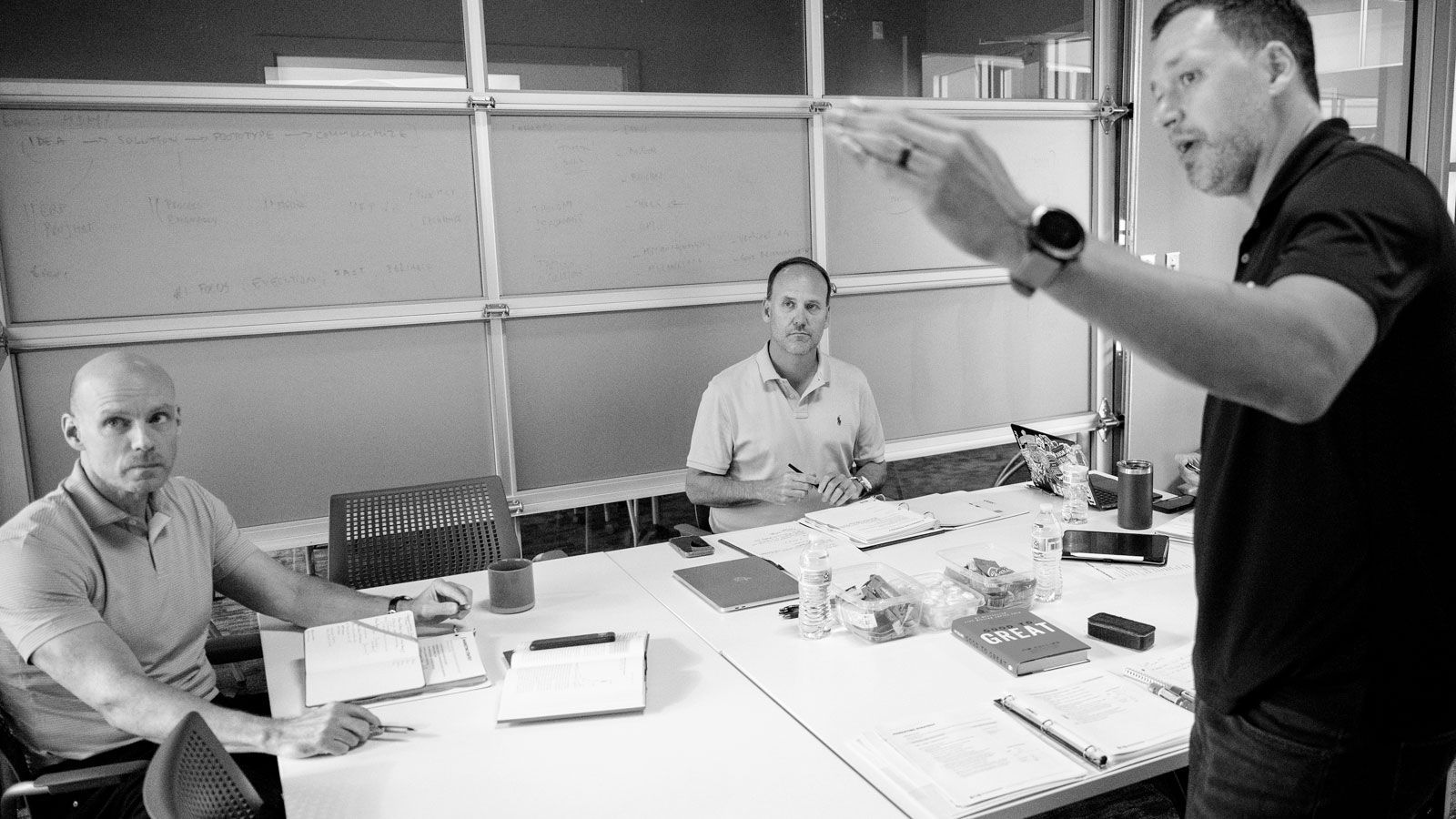
Core values are not just words on a wall—they’re the foundation of your organization’s identity, culture, and brand. When crafted thoughtfully, they guide decision-making, shape company culture, and attract the right people to the right seats on your team. But creating authentic core values that truly resonate with your team and brand takes intention, collaboration, and time.
At Wonder, we’ve embraced this process ourselves, and our Core Values—Own It, Be Curious, Be Generous, Be Courageous, and Outshine—are woven into everything we do. We believe that your core values shouldn’t just sound good; they need to reflect who you are at your best, especially when tested.
Here’s how to craft core values that are authentic, actionable, and enduring.
Core Values Can’t Be Pushed Too Far
If a value feels like a stretch, it’s not truly core to your business. Authentic core values already exist within your organization. They’re part of your DNA—they just need to be uncovered and articulated. Patrick Lencioni’s perspective on core values is clear: they can’t be pushed too far. That’s why honesty and integrity, while important, are often considered table stakes. No one would say, “I don’t work with Jim because he’s too honest,” or, “I can’t work with Jane because she has too much integrity.” These values are universally accepted because they can’t be pushed too far no matter how hard you try.
For our team at Wonder, the same principle applies. You can’t be too curious, too generous, or too courageous. You can’t own it too much, or outshine too often. These values are authentic to us and pass the “push too far” test. Core values like these are evergreen—they don’t change often. While they may evolve or become more refined over time, they stand the test of challenges and guide your team through both good times and bad.
If your core values aren’t durable under pressure, they aren’t your core values.
Workshop Your Core Values with Your Team
The best core values are born out of collaboration - but not consensus. One effective way to uncover them is through a workshop with your leadership team. Here’s a step-by-step approach we recommend:
- List Behaviors You Truly Despise
Hand out notecards and ask each leader to write down 6+ behaviors they absolutely despise—things they never want to see in your organization. These could be traits like “lack of accountability,” “selfishness,” or “closed-mindedness.” - Round Robin the List
Go around the room and have each person share their list, adding them all to a whiteboard. The goal is to capture the collective team’s frustrations and build a clear picture of what doesn’t align with your organization. - Map the Opposite
For each despised behavior, ask the team to identify 2–3 positive behaviors that represent the opposite of what they dislike. For example, if you despise “lack of accountability,” the opposite might be “taking ownership.” - Group Behaviors into Categories
Next, categorize the positive behaviors into 3 groups. Force-fit them if you must, but allow for 4 or 5 groups if necessary. Each group should represent a broader theme that captures the essence of those behaviors. - Name Your Core Values
Give each group a label—a single word or short phrase that sums up its essence. These are your draft core values. Remember Andrew Gissal’s advice: people can remember the Three Stooges, not the seven dwarfs. Aim for 4–5 core values max. - Live in the Essence
Leave the room with your core values in their simplest, raw essence. Live with them for 90 days and test them against real challenges. Do they bring clarity in tough moments? Do they feel natural and authentic to your brand? Do you see your team living them out regularly?
Allow Your Entire Team to Make Core Values Actionable
Once you feel confident in your core values, the next step is to roll them out to your entire organization and make them actionable. Core values aren’t just principles—they need to be lived out in observable behaviors. A great way to make this happen is by asking employees to identify specific behaviors they’ve seen that support each core value.
This collaborative approach not only helps your team internalize the values but also provides visible evidence of real-world examples that are being lived out daily. For example:
- Own It: Taking responsibility for outcomes, owning mistakes, and following through on commitments.
- Be Generous: Sharing time, knowledge, and resources generously to foster collaboration and support others.
- Outshine: Always being prepared, whether with clients or colleagues.
These behaviors serve as tangible evidence of your values in action and help ensure they don’t just live on the walls—they permeate through the halls. When employees see and contribute to these examples, it creates accountability, ownership, and alignment across the organization.
Core Values as Your Brand’s Foundation
Once your core values are tested and proven, they become a foundational element of your brand platform. They aren’t just internal guiding principles—they inform how you position your brand to the outside world.
At Wonder, we built our values—Own It, Be Curious, Be Generous, Be Courageous, and Outshine—to reflect who we are at our best. They shape how we recruit, lead, and serve our clients. When employees live these values, they naturally shine through in the work we do, building trust and loyalty with our clients and team.
Remember: If your employees believe it, your customers will buy it.
Recruit and Build Culture with Core Values
Core values are a critical part of Jim Collins’ idea of “right people, right seat.” Hiring and retaining the right people starts with alignment to your values. Candidates should not only have the skills for the role—they should embody the values that drive your organization.
By recruiting and leading with your core values, you’ll build a team that lives them daily, reinforcing the culture and brand you’ve worked so hard to create.
Let’s Craft Your Core Values
Crafting core values takes time, reflection, and collaboration, but it’s worth the effort. These values are the bedrock of your culture and a compass for decision-making. Workshopping them with your team can be transformative—ensuring they’re authentic, actionable, and aligned with who you are.
If you’re ready to define your core values and align your team around them, Wonder can help. Let’s uncover what makes your organization exceptional and build a brand that’s rooted in your authentic purpose, values and vision.
